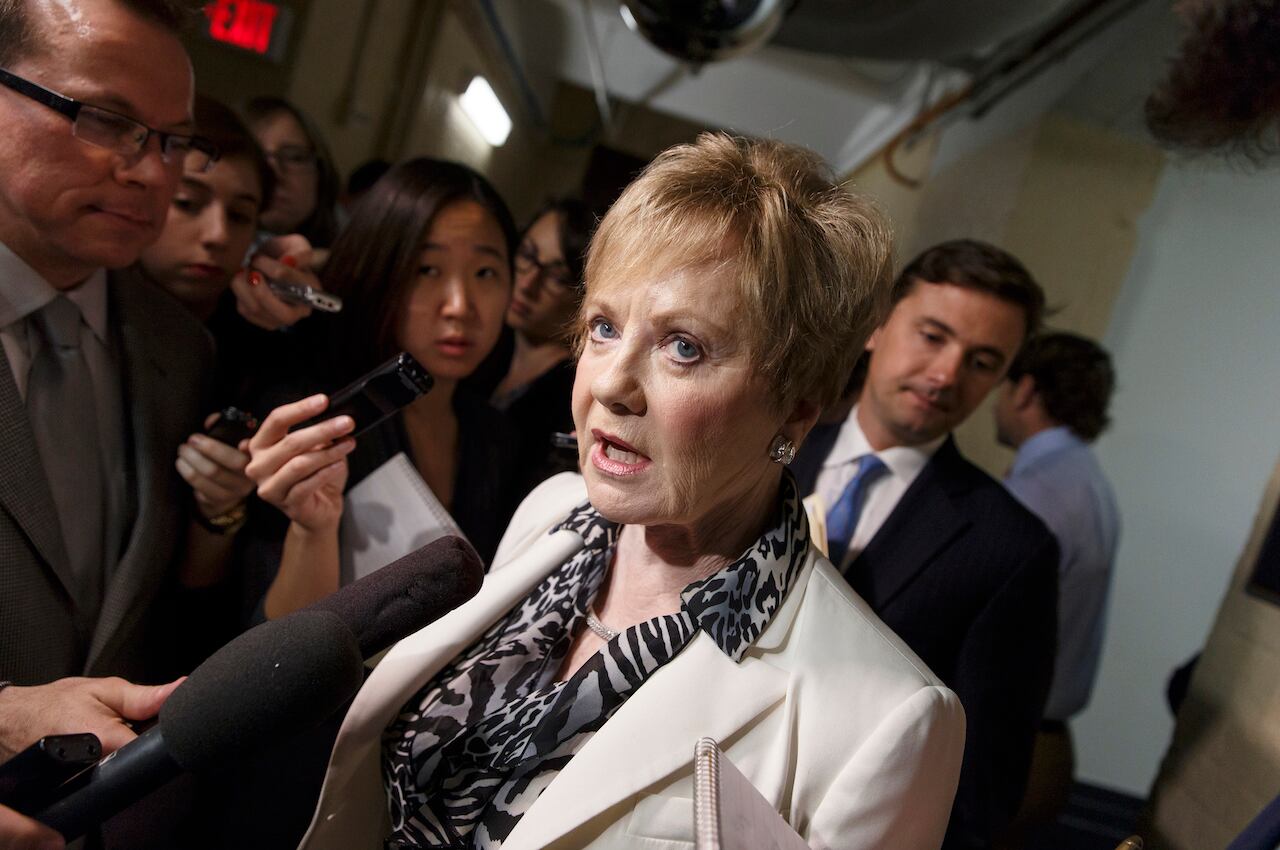WASHINGTON — The Pentagon’s two-year budget boost may unravel next year if Republicans fiddle with the domestic side of the deal, the top Democrat on the House Armed Services Committee warned Tuesday.
“You have the second year of the budget agreement, and that’s great, but that, too, is uncertain because there are certain Republicans who have already started to make noise that nondefense discretionary [spending can be lowered],” said HASC ranking member Adam Smith, D-Wash.
“I don’t think that’s the way Democrats looked at it during the course of negotiations, so that could cause uncertainty as well,” Smith said at the McAleese and Associates/Credit Suisse defense conference in Washington.
After months of wrangling on Capitol Hill, the budget deal signed by President Donald Trump last month increases discretionary spending caps over the next two years by $165 billion for defense and $131 billion for nondefense.
Smith offered a counterpoint to a call for a 355-ship Navy from Senate Armed Services Seapower Subcommittee Chairman Roger Wicker, R-Miss. Building up the Navy, Wicker said, would address the causes of two fatal ship collisions last year and align with the new National Defense Strategy’s focus on great powers Russia and China.
“The budget request was good, but it wasn’t good enough,” Wicker said. “The Navy’s 2019 budget request was for $22 billion for 10 ships. We want them to come up with $26 billion for 14 new ships.”
Smith, a vocal critic of congressional budgeting dysfunction, argued the Republican-led tax cuts were inconsistent with increased defense spending. He called for a means-based defense strategy and argued projections for a 355-ship Navy are “pure fantasy.”
“It’s simply a number thrown out there,” Smith said. “I think they’ve said they hope to achieve a 355-ship Navy by 2050. It’s so far off in the distance. We can barely predict what’s going to happen two months from now.”
The Navy performed a 2016 Force Structure assessment that explains the requirement for a 355-ship fleet, but a recent Center for Strategic and International Studies report has raised doubts about whether the Navy can afford it, given that it struggles to control costs for its current 277-ship fleet.
Wicker and Smith did seem to agree Congress should stretch 2018 appropriations for the Pentagon in some way to compensate for the appropriations likely to come halfway into the fiscal year. Under existing rules, the Pentagon must spend or lose one-year operations and maintenance dollars.
Wicker and SASC Chairman John McCain, R-Ariz., sponsored legislation that would address the systemic causes of the collisions and let the Navy spend O&M money as late as in the fiscal year after it’s appropriated.
Asked how he would grapple with potential opposition from appropriators, Wicker argued the collapse of regular order necessitates his remedy. “I think we should try on this one area that … has been problematic,” he said.
Military leaders at the conference said they would welcome leeway to spread money. Gen. Glenn Walters, the Marine Corps’ No. 2 uniformed officer, said stopgap spending bills have delayed the maintenance on ships, which in turn delays training.
“The problem with one-year money is if you only get it for six months, it’s really difficult because what you can’t recover is time,” Walters said. “Time behind me is less training and less-ready forces.”
RELATED

Smith predicted the Pentagon would be unable to spend the money before the end of fiscal 2018, fueling a record number of Pentagon requests to reprogram funding — whether or not Congress formalizes a flexible funding arrangement.
Wicker and Smith also shared optimism that Congress would pass an omnibus spending bill for FY18 before the latest funding patch expires March 23.
Because Congress has yet to reach a final budget agreement for FY18, which began Oct. 1, 2017, the military has been operating at 2017 spending levels.
Without congressional action, the military would have five months or less to spend the big bump afforded by the deal on budget top lines, which provides national defense nearly $700 billion for FY18 and $716 billion for FY19.
Joe Gould was the senior Pentagon reporter for Defense News, covering the intersection of national security policy, politics and the defense industry. He had previously served as Congress reporter.







